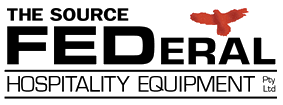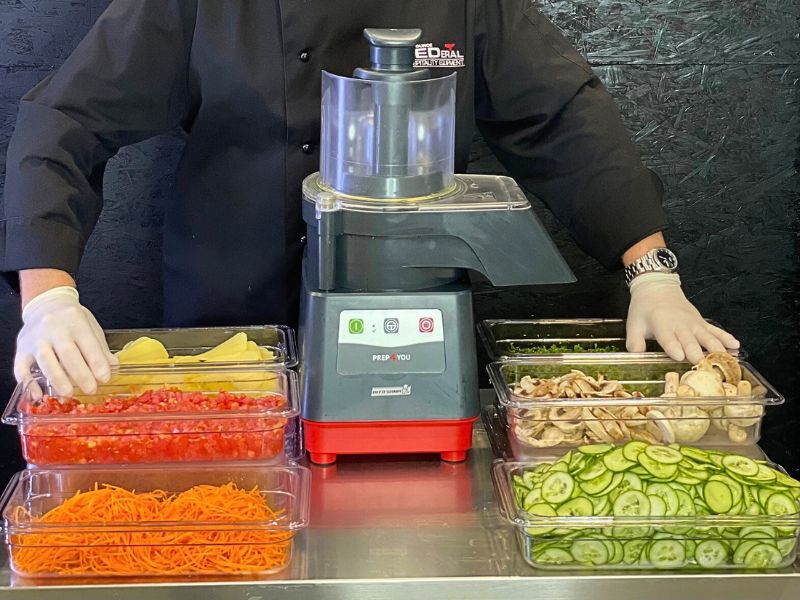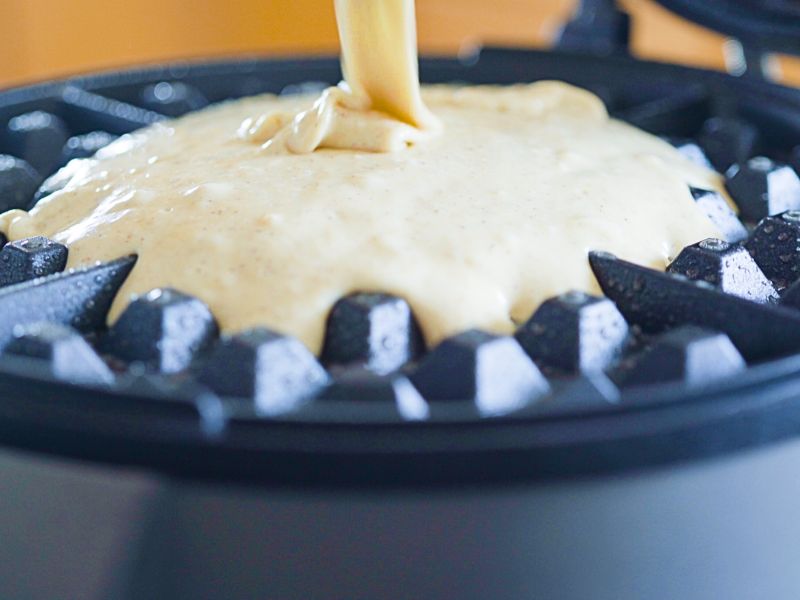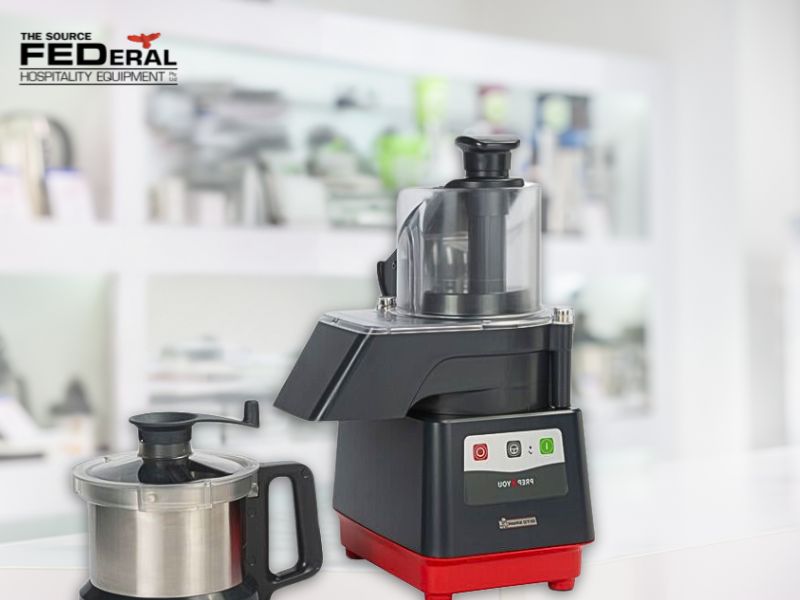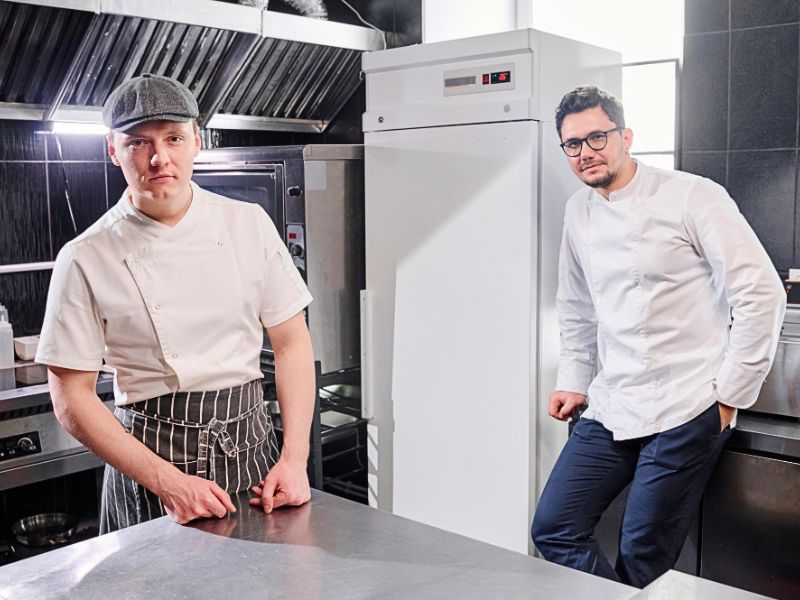Spring is fast approaching, and that means the next several months will be packed with events and get-togethers.
Each year, there are a total of around 113,000 weddings across the country. This doesn't include the countless other catered events from company picnics to family reunions.
That sounds like a great business opportunity to us!
Whether you're new to the catering business or you're trying to take your professionalism to the next level, step one is investing in equipment. Here's your catering equipment checklist to help you get started.
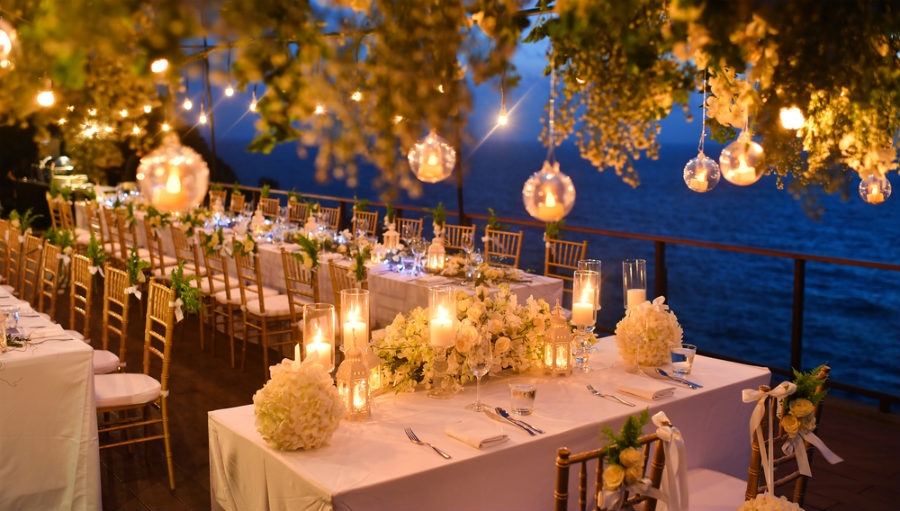
Essential Catering Equipment Checklist
Before you start making a shopping list for your catering equipment, think about your local venues and your business model.
Do you plan to cook everything in your own kitchen and transport it to each venue? What local venues are you most likely to be catering in and do many of them have full kitchens?
This will give you insight into what you have available already and what you need to buy. In any cases, these are the items you're likely to need.
1. Chafing Dishes
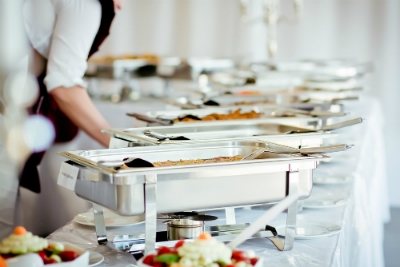 Chafing dishes are large serving dishes that have a heater below them to keep food warm. You'll most often see them in buffet serving lines.
Chafing dishes are large serving dishes that have a heater below them to keep food warm. You'll most often see them in buffet serving lines.
Even for seated service, chafing dishes are essential. It takes time to dish up food for dozens or hundreds of people. Chafing dishes will keep the food warm during that process.
Don't forget to stock up on extra fuel cells for heating the chafing dishes. Always assume the fuel cells will last for less time than they promise on the packaging. While you're at it, bring a few extra lighters to light the fuel cells in case you lose one.
2. Table Settings for Each Course
Every catering job and client arrangement is unique. In many cases, though, the client will expect you to supply everything the meal requires, including table settings.
As you plan the menu, determine how many dishes you need for each course. In most cases, you'll need a salad bowl, a plate for the entree, and a small plate for dessert.
Remember all the smaller items that go with these courses, too. For instance, you may need serving boats for salad dressing. You also need to ensure that you bring the right flatware for each course, including salad forks and dessert pieces.
Don't forget the glassware as well. You're likely to need water goblets and coffee mugs at the minimum. If you offer wine, don't forget wine glasses.
You don't need to shell out the cash for all the table setting pieces you could ever need at the beginning. You can buy what you need for your first job and then supplement for future jobs as necessary.
3. Serving Items
You have everything the guests will need to dine and everything you'll need to store the food. Don't miss the middle stage: getting the food from your chafing dishes to their plates.
On top of a variety of serving utensils and tongs, stock up on serving trays. Have plenty of pitchers for serving beverages, including insulated pitchers for coffee.
It's possible that you may need bussing tubs to clear the tables. However, you wouldn't want to use tubs for classier events, so you can wait to buy them until you have an event that warrants them.
4. Commercial Coffee Maker
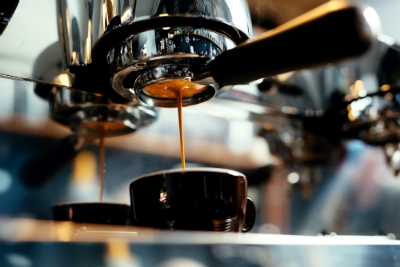 Coffee is popular at any type of catered function, whether it's brunch or dinner. Make sure you can serve as many guests as possible with a commercial coffee maker that brews large batches.
Coffee is popular at any type of catered function, whether it's brunch or dinner. Make sure you can serve as many guests as possible with a commercial coffee maker that brews large batches.
In most cases, you'll want to offer regular and decaf coffee. To make sure you can brew both at the same time, get two coffee makers or a coffee maker that can brew two pots at a time.
5. Clean-Up Items
You have everything you need to serve the meal you're catering, but what about cleaning up?
As a business owner, you want to maintain good relationships with the event venues in your local area, with the hopes that they'll recommend you to their customers. That starts with leaving their kitchens as clean as you found them.
Bring plenty of rags to wipe up spills throughout the event. Bring plenty of garbage bags, including one for dirty rags.
You should also have a broom and mop available. Most venues will have these, but not all will, and you don't want to be in a bind.
No matter what you're serving, you're likely to have leftovers. Plan ahead for how you're going to store the leftovers and give them to your customer.
6. Carving Station Supplies
Carving stations are long-time favorites, and you can bet that your customers will request them. Have everything you need in advance so you can handle last-minute events.
At a minimum, you'll need a cutting board, a knife, and a serving fork for your carving station. Most caterers use heat lamps as well to maintain the advantage of meat served fresh and hot.
It's a good idea to have a few additional cutting boards and sets of carving utensils. Some clients will ask for carving stations with multiple types of meat and you want to be prepared.
7. Sanitary Supplies
Catering an event is just like running a restaurant in terms of keeping your food service sanitary. The last thing you want to do is prepare a delicious dinner and then end up with a hair in the food.
You'll need rubber gloves for all your staff who is handling the food. For classier affairs, your servers can wear cloth gloves instead.
Don't forget hair nets for anyone who handles the food, too.
Hitting the Ground Running
Starting or improving a business is always a thrill, and you want to jump in with both feet. Before you can do that, though, you need to build your stock of supplies.
The catering equipment checklist above will get you started and allow you to begin taking jobs in a heartbeat.
If you're ready to get started, shop for catering equipment with us online.
